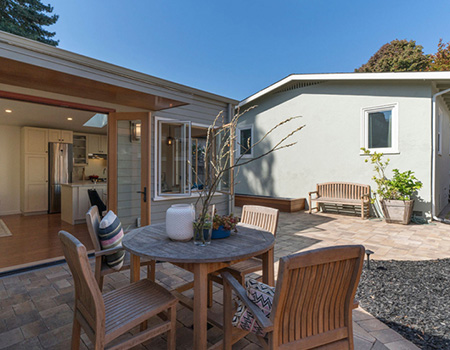Putting Your Vision In Motion
We have our own Vision and Goals for how we plan to design
our ADU’s. These are few items we suggest you take into
consideration the size, use, layout, specific project
needs (storage, laundry room, etc.), architectural style,
and privacy. It is imperative that you have a very clear
sense for your specifications. We would suggest you make
that your number 1 priority early in the process. Making
changes during the process can and will be costly.
Some cities have guidelines intended to help maintain the
character of a place that can include guidelines on color,
material, details, and style, among other things. You
might be excited to think about the finishes (the type of
siding, flooring, fixtures, or lighting), but these design
details do not need to be decided early in the process.
These elements do not affect the form and placement of the
unit, which is what the design will focus on initially.
Meet with the City
Once you have a preliminary design, it’s a good idea for
you & your designer to have a pre-application meeting with
the local planning (and possibly building) staff. At this
point (ideally, halfway through the design plan refinement
process) it is a good idea to show the design concept to
city staff to make sure the plan is approvable and to
identify any other regulatory considerations.
After meeting with the city, you or your designer can
complete the city’s permit application and appropriate
plans for that stage of the review.
Finalize your plans and prepare for construction
Following your city meeting, you will have asked your
questions and addressed any critical issues prior to
submitting your permit application.
It is a good idea at this phase to talk to your neighbors
about your ADU development to keep them informed of your
intentions to build.
ADU state law does not require neighbors to sign off on
the construction of an ADU and generally cannot stop an
allowed ADU project, but you will need to live next to
your neighbors for many years, and the development and
construction process will be much smoother if your
neighbors are kept informed throughout the process,
especially in the beginning.











